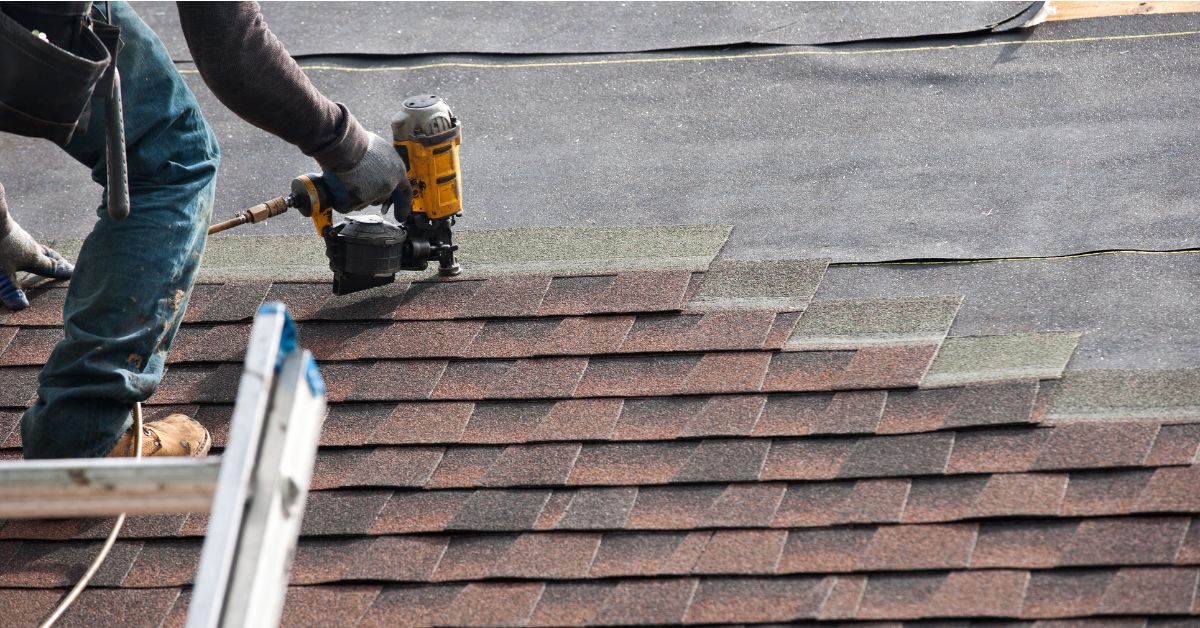Metal structures rely on various components for durability and functionality. This article delves into the significance of metal coatings in providing optimal protection for structures, alongside the importance of building gutters in ensuring efficient drainage for metal buildings.
Understanding Metal Coatings
Metal coatings serve as protective layers applied to metal surfaces to enhance durability, prevent corrosion, and improve aesthetics. These coatings can include paint, powder coatings, galvanization, or specialized chemical treatments. Each type of coating offers unique benefits in terms of protection against environmental elements and extending the lifespan of metal structures.
Importance of Metal Coatings
Metal coatings play a crucial role in safeguarding metal structures against corrosion, which can be caused by exposure to moisture, chemicals, or atmospheric conditions. These coatings act as a barrier, preventing direct contact between the metal surface and corrosive agents, thus prolonging the structural integrity of buildings and equipment.
Types of Metal Coatings
Several types of metal coatings are available, each catering to specific needs and environments. Galvanized coatings involve applying a layer of zinc to the metal surface, providing excellent corrosion resistance. Powder coatings, comprising finely ground particles sprayed onto the surface and cured under heat, offer durability and a wide range of color options. Additionally, specialized coatings like epoxy or polyurethane provide superior protection in harsh industrial settings.
Benefits of Metal Coatings
Metal coatings offer numerous advantages, including enhanced durability, weather resistance, and improved aesthetics. They also reduce maintenance requirements, thereby lowering overall operational costs. Properly applied coatings not only protect the metal but also contribute to a building’s visual appeal, making it an attractive choice for various architectural applications.
Understanding Building Gutters for Metal Structures
Building gutters are essential components designed to collect and redirect rainwater away from the structure. In metal buildings, gutters play a vital role in preventing water damage by efficiently channeling rainwater from the roof to the designated drainage system.
Significance of Metal Building Gutters
Metal building gutters are integral in managing rainwater runoff, preventing potential issues such as erosion, water infiltration, or foundation damage. By directing water away from the building’s foundation, walls, and surrounding landscape, gutters maintain the structural integrity of the metal building and protect its exterior surfaces.
Types of Metal Building Gutters
Metal building gutters come in various materials, including aluminum, steel, or copper, each offering specific advantages in terms of durability and aesthetics. Seamless aluminum gutters are popular for their lightweight nature and resistance to corrosion. Steel gutters are known for their strength and longevity, while copper gutters add an elegant touch and boast exceptional durability.
Benefits of Efficient Drainage Systems
Efficient drainage systems, facilitated by metal building gutters, prevent water accumulation on roofs and around foundations. Properly installed gutters effectively channel rainwater away, reducing the risk of water damage to the building and its surroundings. Additionally, they aid in preserving landscaping and prevent soil erosion.
Conclusion
In conclusion, metal coatings and efficient metal building gutters are integral components in ensuring the longevity and functionality of metal structures. Metal coatings provide crucial protection against corrosion and environmental factors, while building gutters play a pivotal role in managing rainwater runoff and preserving the integrity of metal buildings. Understanding the significance of both metal coatings and building gutters aids in maintaining structures’ durability and longevity while mitigating potential issues associated with water damage and corrosion in metal constructions.


